How-to: Moon Photography – Like a Big Pizza Pie
There is something magical about photographing the Moon. It’s a perfect subject for a photographer. It’s always there. It’s always changing. For me, it never gets boring.
I stalk the Moon every chance I get. The first time I photographed it with a big lens I gasped at the clarity of detail. Seeing the craters, mare, and craggy perimeter of the Moon on my LCD got me giddy. To be honest, I still have that reaction. The image below, taken last November got me gasping once again. The clouds looked like a veil. The birds were unexpected, I didn’t see that I captured them until I pulled the raw images off the card. This was one of the many nights of chasing a full Moon where the conditions were not as predicted, yet the resulting images mesmerized me. (Read about making the best of botched conditions)
Click on images to view larger.

Nikon D850 | 500 mm | f/4 | ISO 100 | 1/125 sec
You can do lots with the Moon. You can choose to make it fill the entire frame. Or not. When it is low on the horizon it has a lot of color and looks huge. When it is low on the horizon, a single shot of the Moon within the landscape scene will be properly exposed. Once the Moon is high in the sky you need to shoot it separately from the rest of the scene because it is incredibly bright or it will look like a bright, featureless blob. Shoot an in-camera double exposure or combine two images in post-processing.

Two exposures.
Building – Nikon D850 | 80-400mm | f/11| ISO 100 | 15 sec.
Moon 80-400mm | f/11| ISO 400 | 1/125 sec.
Watch the Moon rise or watch it set. Full or crescent, or any stage in between. Use an app, like Sun Surveyor, to figure out the phase, rise, and set times. An app that has augmented reality can help visualize where the Moon will be at a particular time.
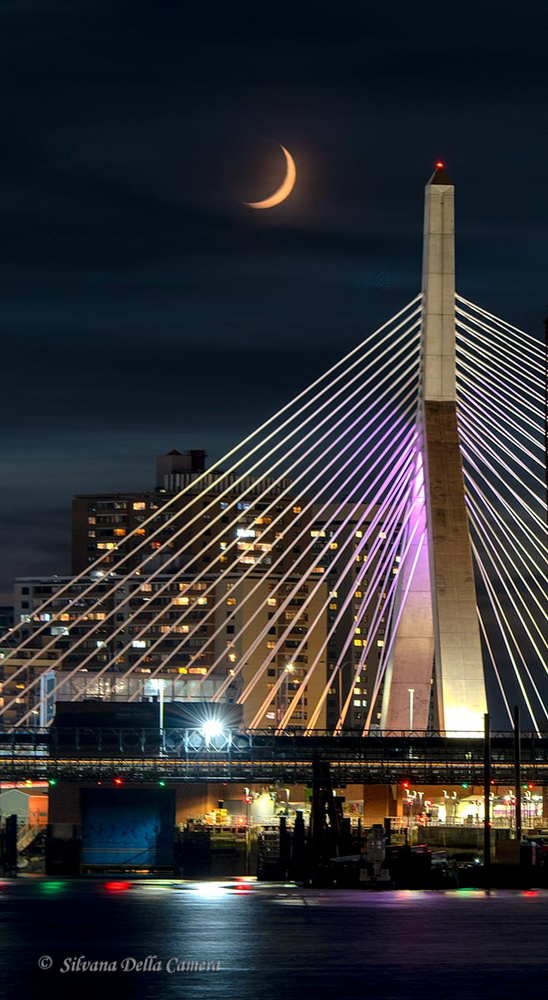
Nikon D850 | 80-400 mm | f/7.1 | ISO 125 | 15 sec
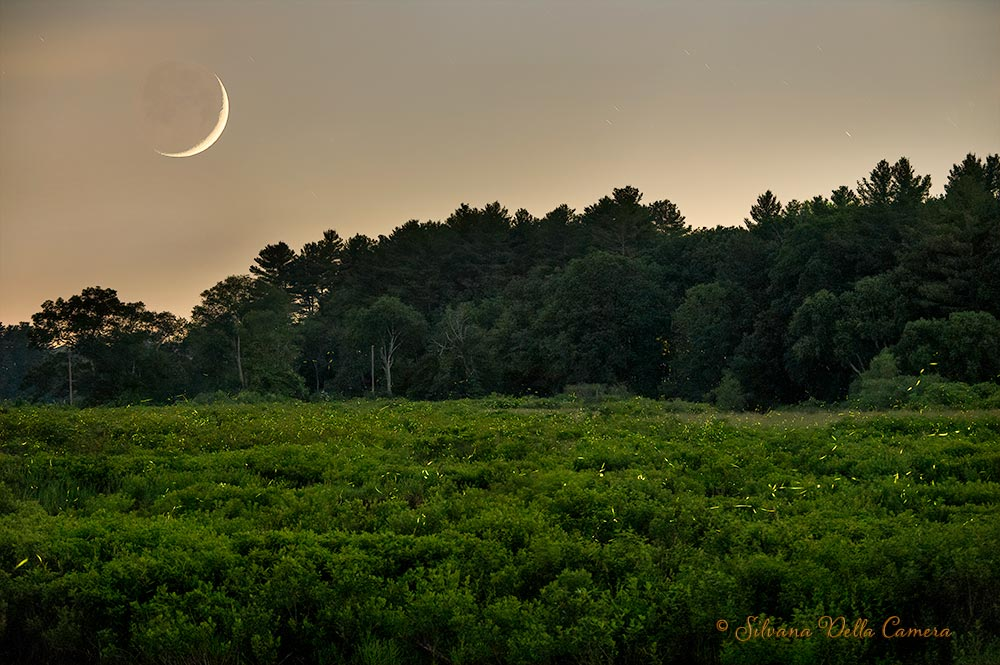
Nikon D780 | 80-400 mm | f/4.8 | ISO 2500 | 25 sec
Sometimes elements line up and it can appear like the Moon being held up by someone.
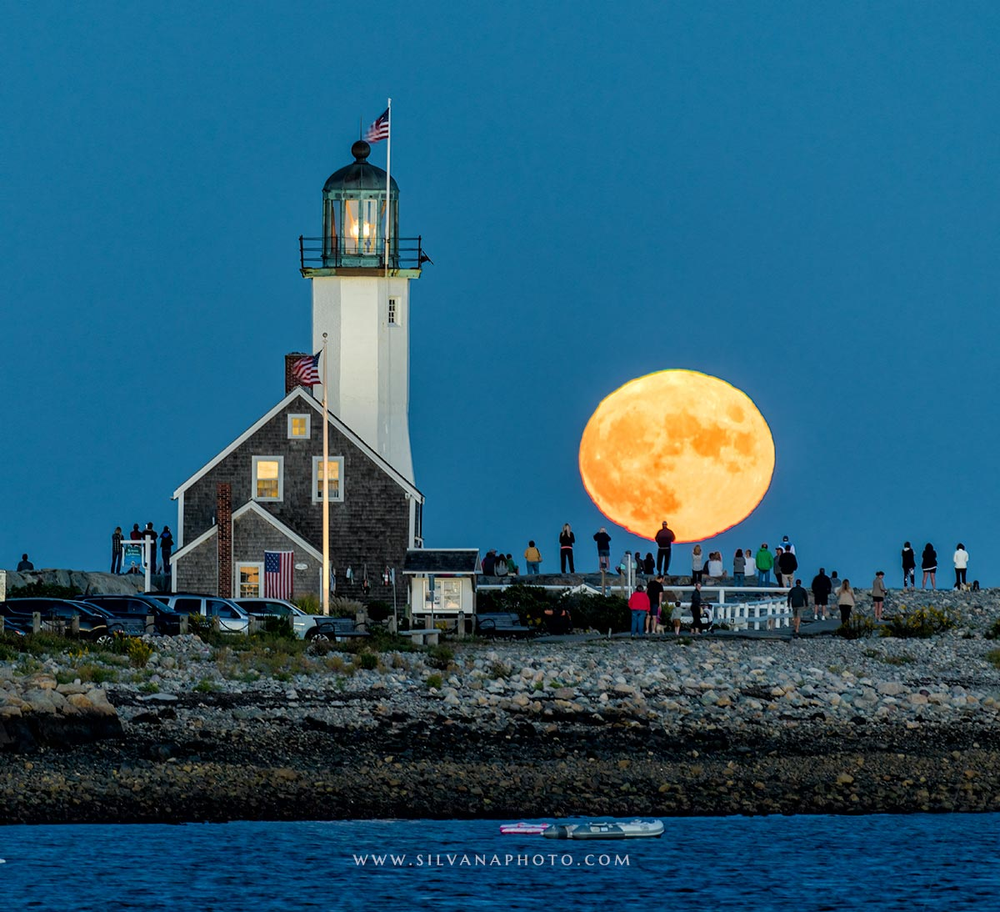
Nikon D850 | 200-500 mm | f/5.6 | ISO 400 | 1/5 sec
You can play with it too. Plan the position of the Moon emerging over a building or a bridge using an app like Plant It Pro or PhotoPills.
n
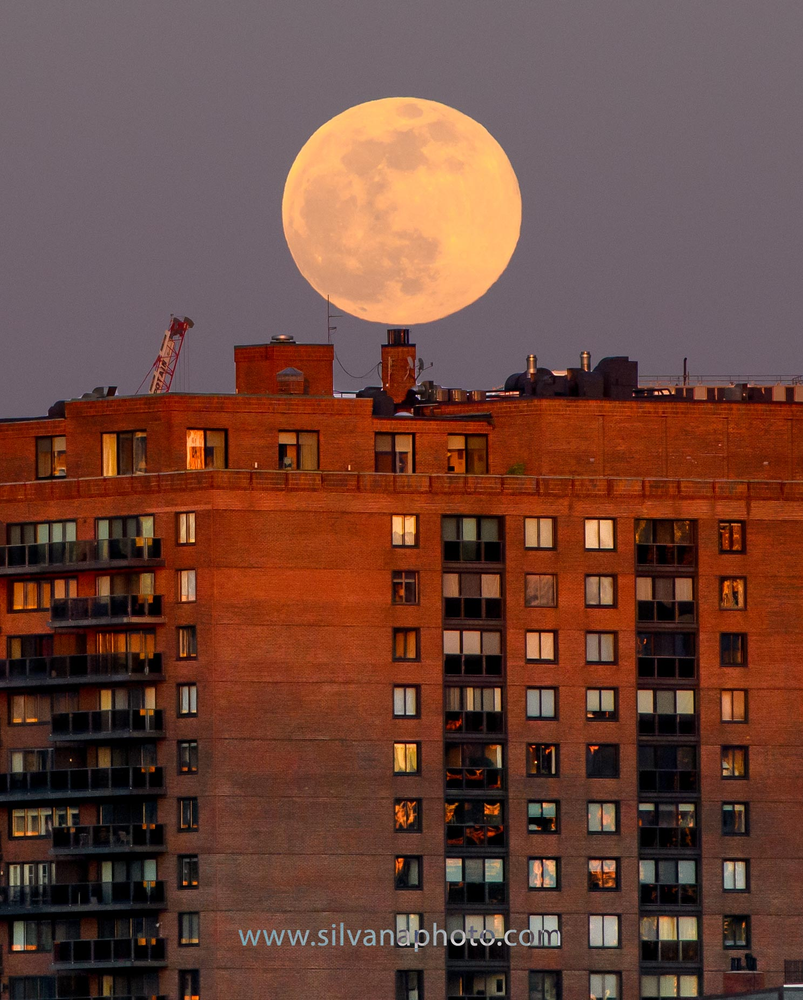
Nikon D850 | 70-200 mm | f/5.6 | ISO 320 | 1/320 sec
Solar and lunar eclipses are wonderful to photograph. The first is a solar eclipse, the second is a lunar eclipse. The Moon is always an interesting subject to capture.

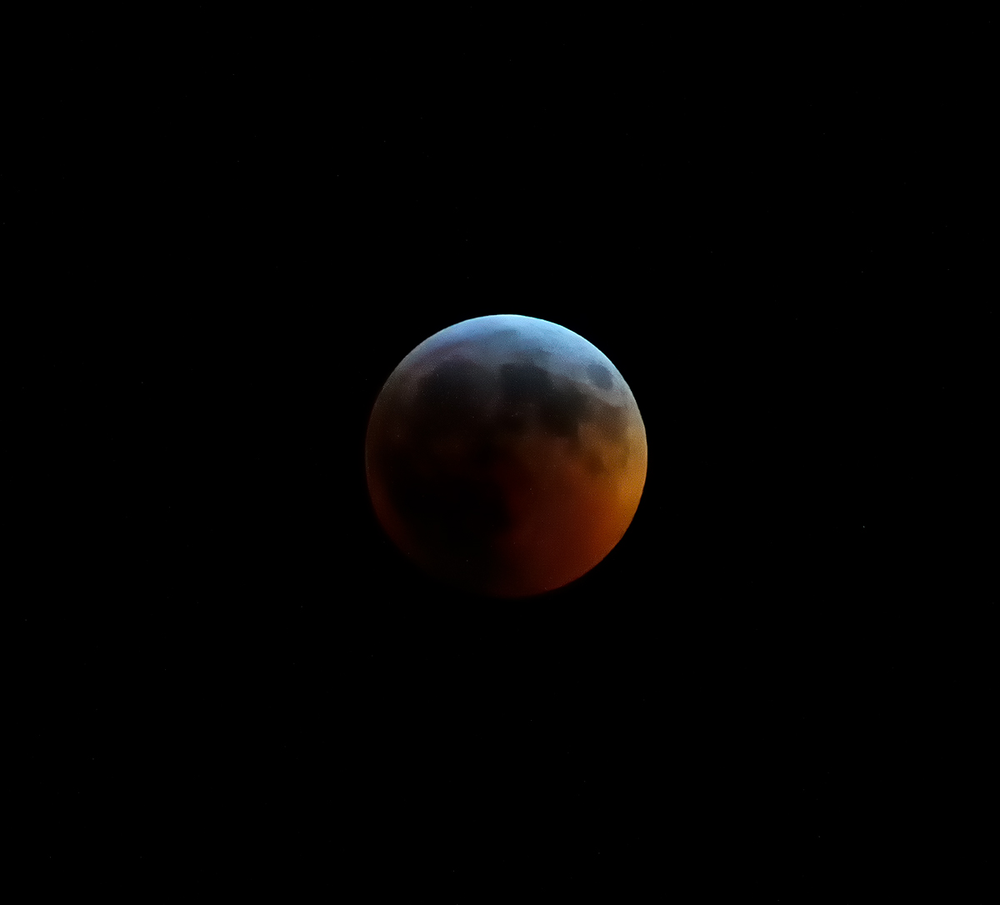
You can even shoot it hand-held in the dark of night. Start with ISO 400, F11, 1/320 second. Tweak these settings up or down as needed. Challenge yourself and shoot the Moon in a sequence. Watch the terminator (the dividing line marking the edge between day and night on the Moon) move across it.
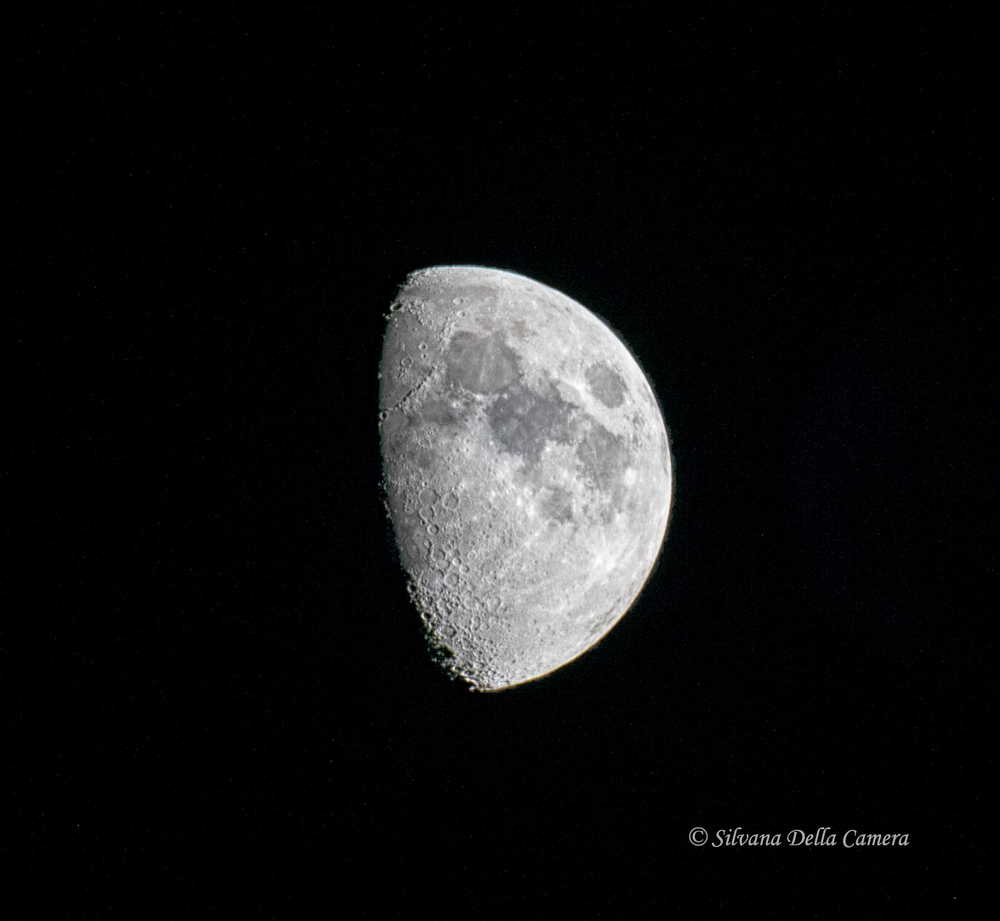
When you aren’t feeling inspired to photograph anything, look up. See what the Moon is up to. She’s always interesting.
Phases of the Moon
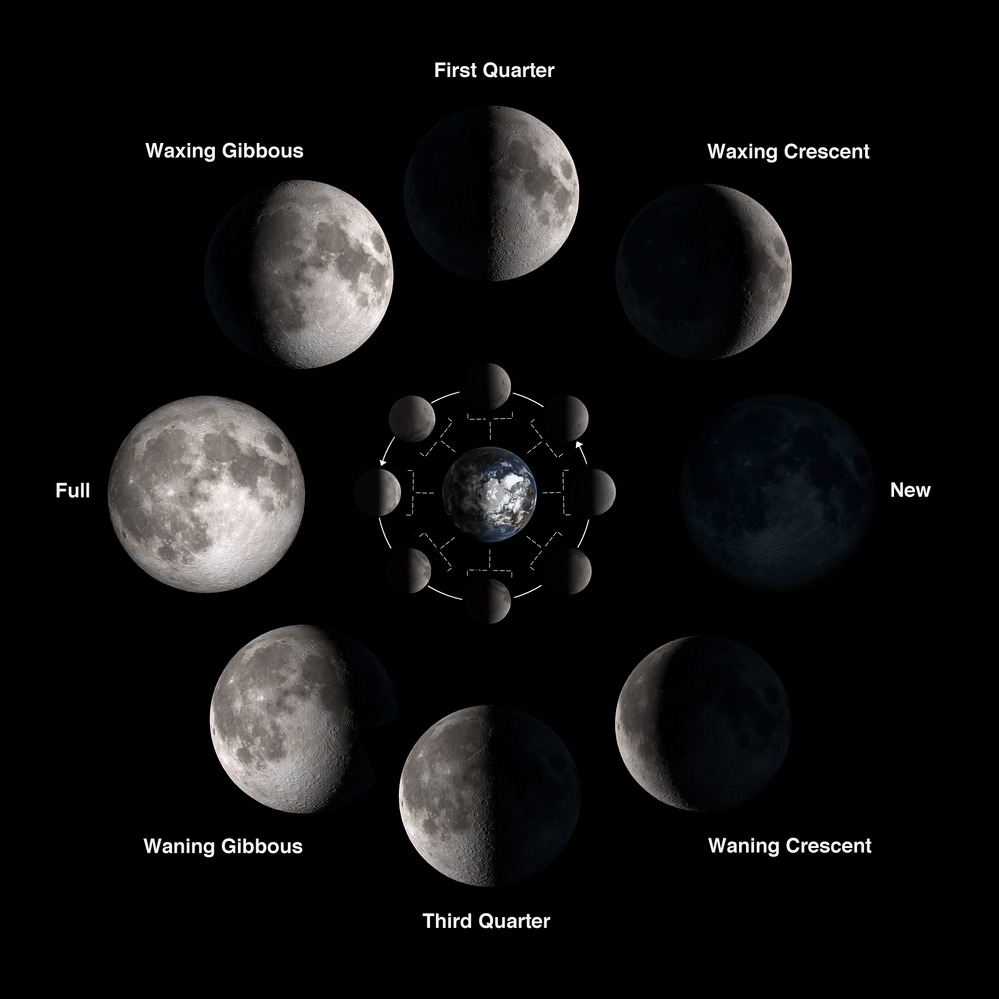
Now feed the earworm 😉 Dean Martin – That’s Amore
© Silvana Della Camera
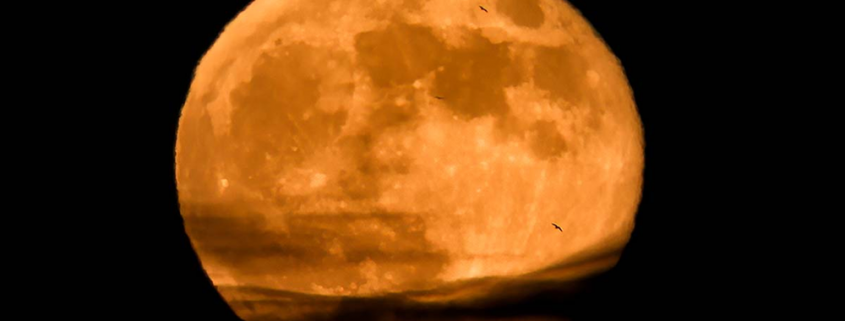
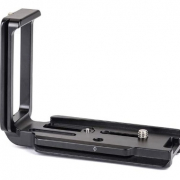
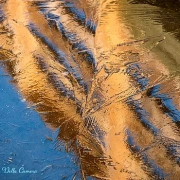 Silvana Della Camera
Silvana Della Camera

 Silvana Della Camera
Silvana Della Camera
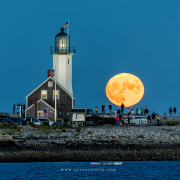 Silvana Della Camera
Silvana Della Camera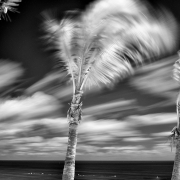 Silvana Della Camera
Silvana Della Camera Silvana Della Camera
Silvana Della Camera Silvana Della Camera
Silvana Della Camera
Leave a Reply
Want to join the discussion?Feel free to contribute!